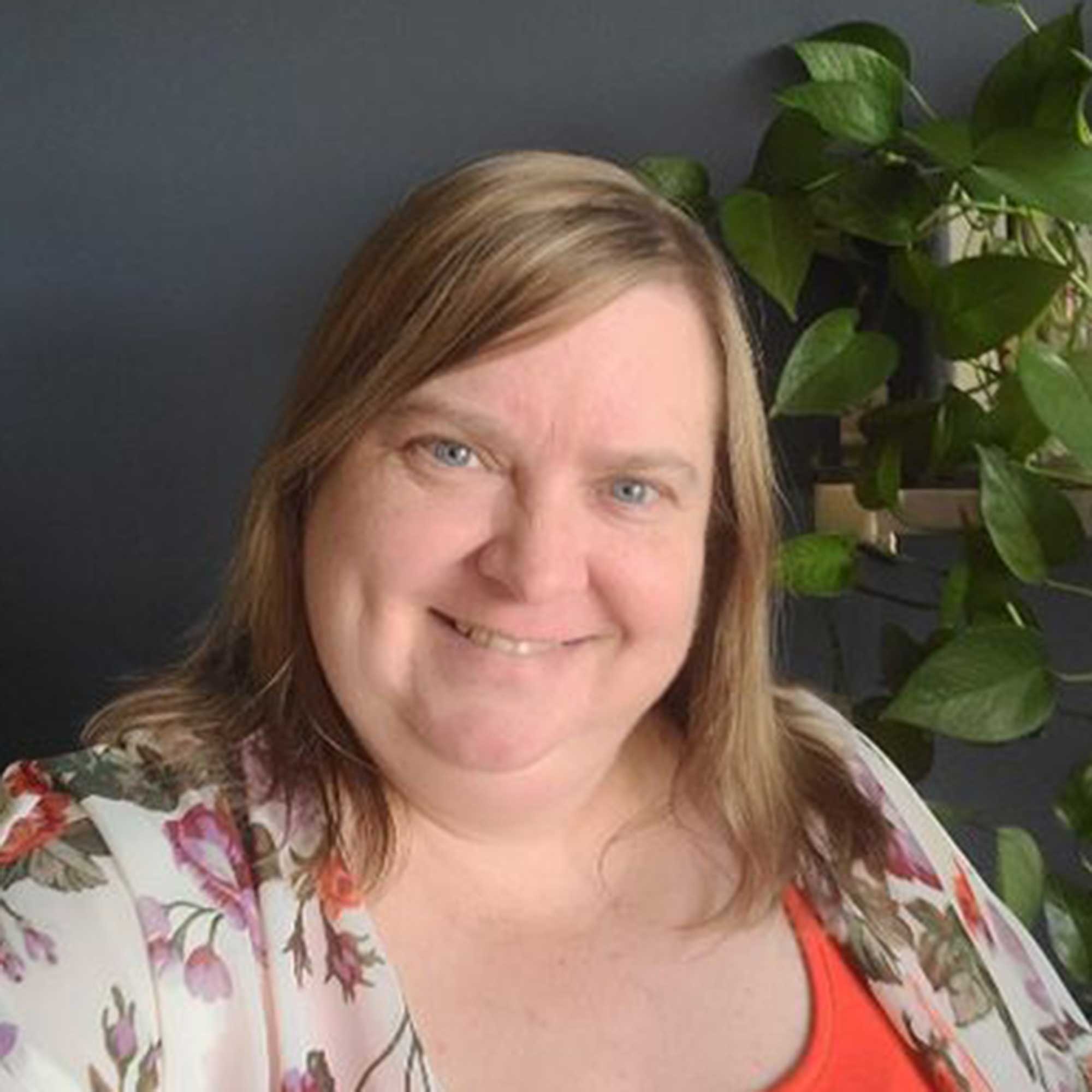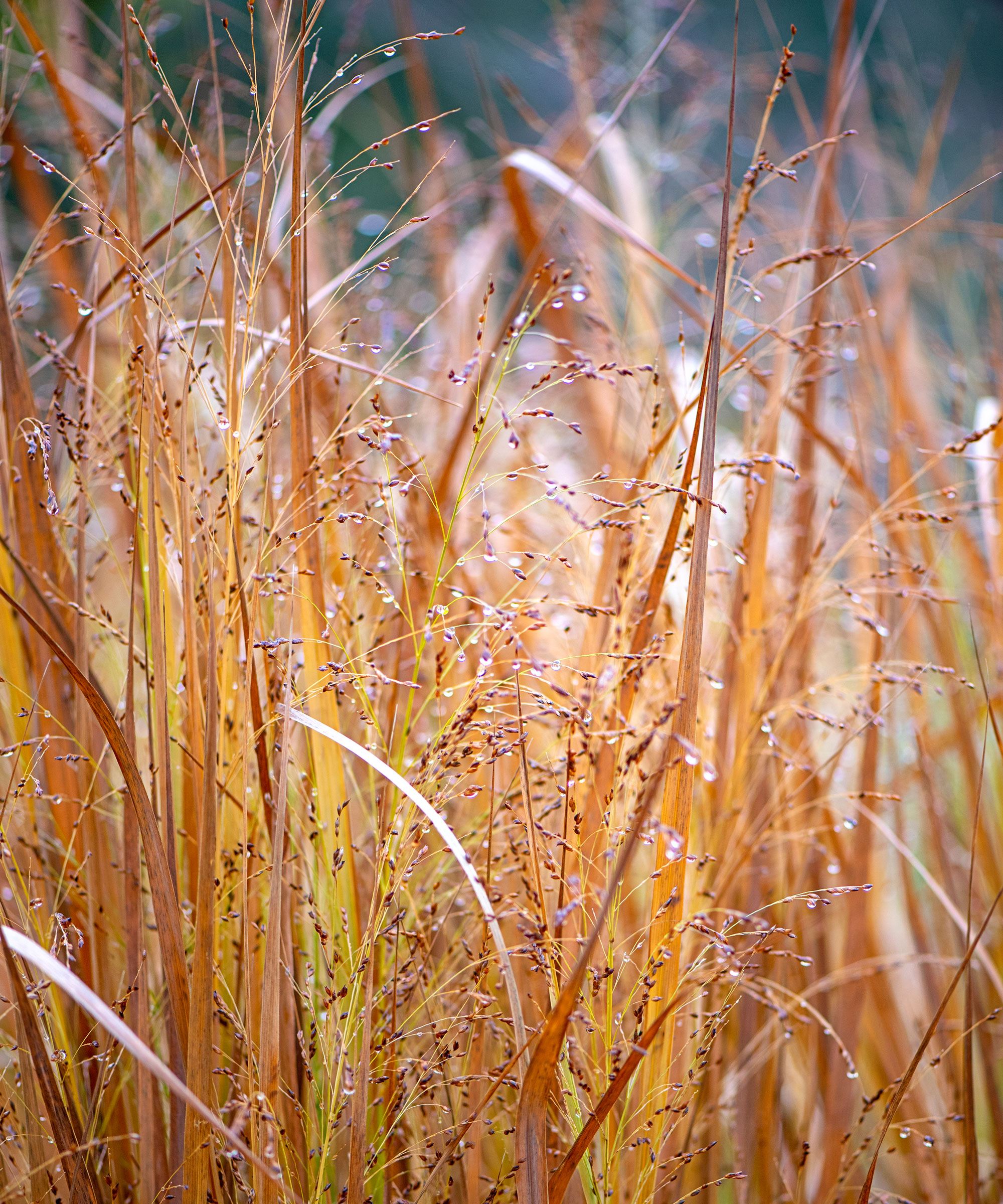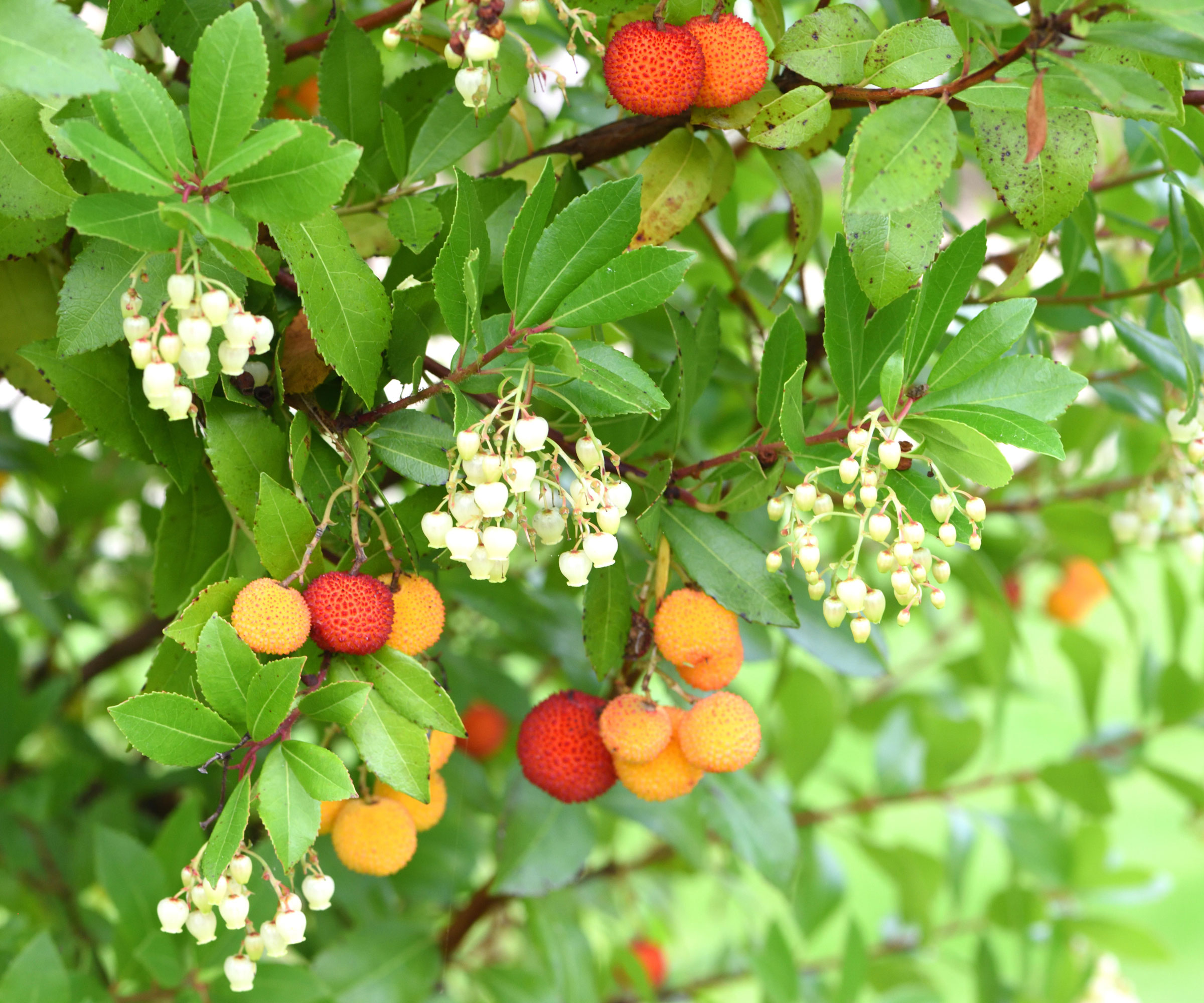How to create a maximalist border in 2025 – for an uplifting, dramatic and inspiring garden
Color and contrast will elevate your flowerbeds to the max this year


Maximalist borders have been popular in recent years, and look set to continue to dominate garden trends in 2025. More-is-more is the central principle of the maximalist school of thought, with exciting, characterful designs full of color texture and structure.
So, how can you achieve this in your garden without undergoing a huge redesign? Well, creating a maximalist border can be transformation, creating a lively outside space that celebrates personality. And, importantly, editing and replanting a border, while impactful, can be done cost-effectively, using annuals and perennials that can be grown from seed.
Here, one garden expert reveals three ways to embrace maximalist backyard ideas in your borders this year, with unique and exciting planting recommendations that will make your garden stand out from the crowd.

How to create a maximalist border in 2025
While maximalism as a garden trend is all about color, impact and drama, planting design should still be considered and thoughtful. After all, you don't want your borders to look chaotic or lacking in cohesion. So, picking trees, shrubs and perennials that will work well together is important, and will result in long-lasting, striking borders that will look good for years to come.
1. Color is everything in maximalist spaces

'To create a maximalist border is to create a garden that is full of life and joy, but be careful, this does not mean creating a messy or chaotic space,' says plant expert, Katie Sunderlage.
'Color is, of course, important, but so too is choosing a restricted palette and a suitable planting layout,' Katie says. 'It is important to create balance throughout the space but stay away from symmetry. You don't want pink plants lining the edge of a path, with a row of yellow plants behind. This does not fit the maximalist ethos.'
As Katie says, stick to a color palette, using three or four bright, clashing colors, for example, a range of pinks, purples, yellows and oranges. Then, select some of the best perennials in these shades, and repeat the planting in natural drifts throughout your maximalist border. Stay away from symmetry or growing lone or individual plants - you want at least three or five of the same species dotted through the borders. Side note - planting in odd numbers will help to create a more naturalistic planting design.
Design expertise in your inbox – from inspiring decorating ideas and beautiful celebrity homes to practical gardening advice and shopping round-ups.
In terms of tall perennial flowers or annuals, dot these throughout the border, you want to veer away from a tiered structure with only tall plants at the back. Instead, randomly repeat and place these plants in all areas of the border.
Sticking to our pink, purple, yellow and orange palette, then, opt for the orange Geum 'Totally Tangerine', accompanied by purple salvia, such as this Salvia 'Rose Marvel', available from Walmart. Plant these two alongside the yellow daisies of black-eyed Susan, as well as a pink yarrow variety, such as Achillea millefolium 'Vintage Rose'.
For a cost-effective and changeable flower bed ideas, opt to grow fast-growing flowering annuals, that you can sow in early spring and will go on to flower later in the summer. Try the unusual cock's comb, otherwise known as celosia, with seeds available from Burpee, alongside zingy orange calendula blooms.

Operations Manager at Holland Group, managing the customer service department and purchasing. Katie has been in the green industry since 2005 in the Greater Milwaukee area, earning her degree in Horticulture in 2008. She has been able to share her love for plants working in multiple garden centers, in sales positions and most recently in an online retail platform at Holland Group.
2. Use foliage plants with different textures

Texture is also an important consideration when learning how to create a maximalist border. While we might think of grasses, evergreens or ferns as supporting plants in a flower bed, without different foliage shapes and colors, the overall effect would not be quite so impressive.
Opt for impactful grasses like Stipa tenuissima, or try growing one of the beautiful Carex varieties, available from Amazon. Grasses not only add texture to borders, but they also add movement, with feather-like fronds moving in the breeze and creating an attractive and calming sound.
You can also use herbs to great effect, adding both texture, greenery and scent to the border. Lavender and sage are both good options, or try lemon verbena, live plants are available from Burpee. With bright, lime-green, scented foliage, this aromatic herb is a real performer in any border.
Alongside perennials, annuals and grasses, place low-growing hostas towards the front of the border, such as the silver 'Canadian Blue'. In addition, use evergreen ground cover plants such as monkey grass, Liriope muscari, to provide year-round structure and color to line the edge of the border.
3. Incorporate trees and shrubs with different heights

'As well as color and texture, height is key. Do not forget to incorporate a handful of taller plants to add more dimension and visual interest,' Katie says. 'Having varying heights throughout the border will also create a sense of drama.
'Use taller flower spikes to create sudden changes in height, such as hollyhocks or Verbascum, alongside taller shrubs or trees which will instantly lift your border.' Even just one statement tree or shrub in a border can help elevate outside spaces, so if you can, opt to grow an attractive sweetshrub or California lilac bush.
Why not also consider growing one of the easiest evergreen trees, such as the strawberry tree, Arbutus unedo? Growing best from US hardiness zone 7 to zone 10, this species will not only provide greenery all year round but also will produce unusual red fruits in late summer, perfectly complementing colorful, maximalist designs.
Arbutus unedo, or strawberry trees, are available to order from Amazon.
FAQs
How can I create a maximalist pot display?
To create a maximalist container display, fill your pots with tall, dramatic plants, such as canna lilies, coneflowers and nasturtiums. Try to get a mixture of plants that go upwards and some that trail down, to maximize greenery and interest at different levels. For an impactful pot display, stick to a limited palette of three or five species and repeat them in different containers.
Whatever plants you opt to grow in your maximalist border, remember to experiment and have fun with the plants you select. Flower beds can be a reflection of your personality, tastes and likes, so use perennials, shrubs and trees that you enjoy. It is also a good idea to incorporate native plants in your designs, such as blue vervain or blazing star, that will prove a hit with pollinators.

Thomas is a Content Editor within the Gardens Team at Homes and Gardens. He has worked as a professional gardener for both public spaces and private estates, specializing in productive gardening, growing food and flowers. Trained in Horticulture at the Garden Museum, he has written on gardening and garden history for various publications, including The English Garden, Gardens Illustrated, Hortus, The London Gardener and Bloom. He has co-authored a Lonely Planet travel book, The Tree Atlas, due out in 2024.
